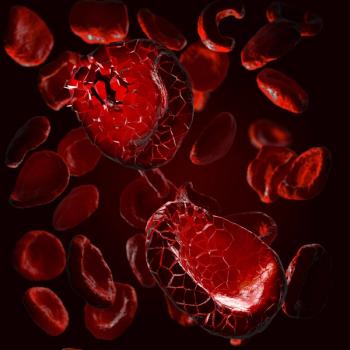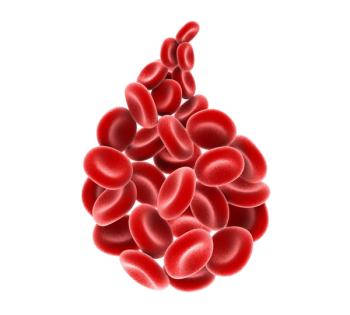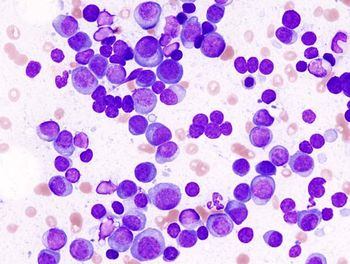
MRD Tracking May Allow More ‘Individualized’ Management of Multiple Myeloma
C. Ola Landgren, MD, PhD, illustrated how minimal residual disease tracking may allow greater treatment personalization in the future.
In an interview with CancerNetwork®, C. Ola Landgren, MD, PhD, touched on one of the most important issues that went undiscussed during a recent Around the Practice® program: the future of minimal residual disease (MRD) tracking in multiple myeloma.
Landgren is a professor of hematology, chief of the Myeloma Section, leader of the Experimental Therapeutics Program, and co-leader of the Tumor Biology Program at the University of Miami Sylvester Comprehensive Cancer Program. He spoke about how treatment intensity could be determined by MRD status in the future, which may yield improvements in efficacy.
He also remarked on other potential developments in MRD tracking, including the development of blood-based tests. Through this, he predicted an increase in individualized disease management in the future.
Transcript:
We covered many of the important trends in the field today, [but] one thing we didn’t talk much about is the utility of MRD tracking. As these technologies become [more] available, even [in the form of] blood-based tests, they will help the field [move] forward. We will [likely] see more individualized [disease] management; patients will have the intensity of their therapy increased or decreased based on MRD status. [For example], for a patient who is MRD-negative after a certain number of cycles, you could [consider] decreasing [therapy] and [switching] to maintenance. Conversely, if there is evidence of rising markers, the patient would convert back to MRD positivity, [which] in the future may trigger [the use of] some newer therapies. Basically, it will be a molecular relapse. That’s how I envision the field going forward.
Newsletter
Stay up to date on recent advances in the multidisciplinary approach to cancer.

















































































